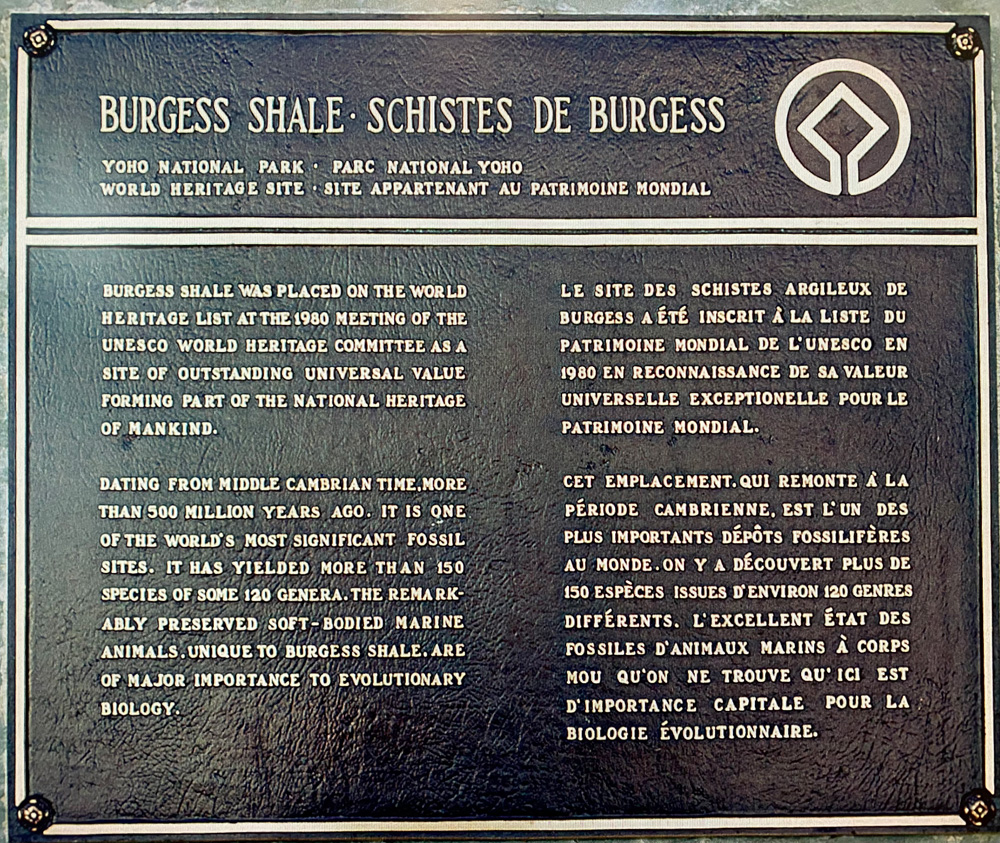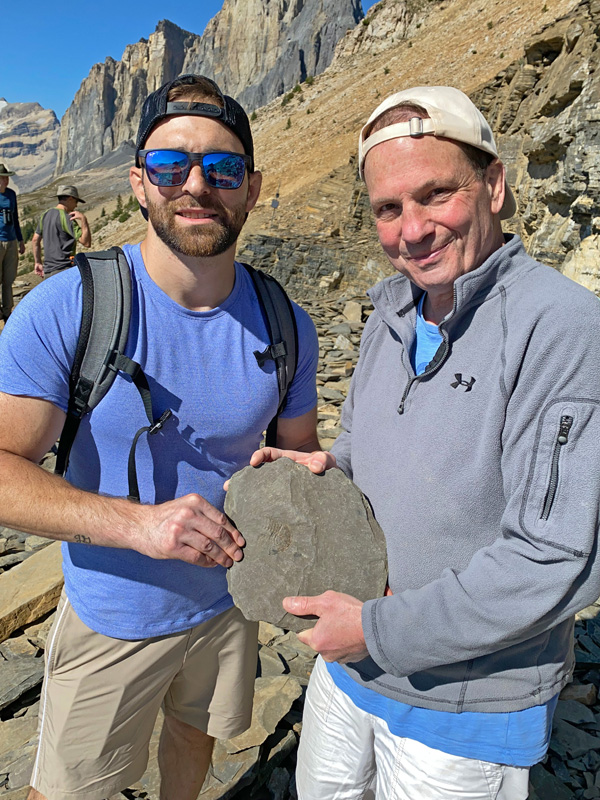

My son James and I visited Yoho National Park with the goal of hiking to two of the most significant Fossil sites in the world; the Burgess Shale and Mount Spephen Trilobite Bed. The Burgess Shale is located on a ridge (known as Fossil Ridge) between Mount Wapta and Mount Field 3000 feet above Emerald Lake. Mount Stephen Trilobite bed is located on a steep terrain 3000 feet above the town of Field. Both sites are off limits to the public but are accessible only with trained professional guides provided by and booked through the Burgess Shale Geoscience Foundation. The fossil beds possess an abundance of extraordinary fossils of hard and soft bodied specimens of the earliest animals dating to the mid-Cambrian, around 508 million years ago. These ancient animals existed in a world much different than our own. During the Cambrian the lands were sterile and all life existed in the oceans. An earth day was 21 hours and an earth year was 420 days. The moon was significantly closer to earth and ocean tides were more extreme. The land contained no soil or vegetation and hence continental erosion was much greater than at present. The sun was weaker however abundant carbon dioxide elevated ocean temperatures to life sustaining levels. Atmospheric oxygen (created by photosynthetic marine bacteria for three billion years prior) was beginning to rise to levels which could sustain the oxidative metabolism of complex animals.
The entire region of what is now the western Canadian Rockies was under a shallow ocean during the Cambrian over 500 million years ago. The marine animals of the Burgess Shale lived either within the water column or at the bottom of the shallow sea bed. Over many millions of years the Cambrian layers were covered with many kilometers of sediment. The area was uplifted to form the Canadian and American Rocky Mountains only relatively recently in geologic time.
Most fossils are mineralized remains of hard parts of organisms (bones, teeth, exoskeletons). Soft parts are rapidly degraded and decomposed making them extremely rare fossils. The remarkable preservation of the soft bodied creatures of the Burgess Shale owes itself to fortuitous geologic events. 500 million years ago, along the west coast of Laurentia (Primitive North America) what was to become the Burgess Shale lay within mudstone deposited at the foot of a huge submarinecliff over 100 meters high composed of carbonate rock (formed by ancient algae) called the Cathedral Escarpment. For over two million years, the marine creatures of the Burgess Shale were quickly buried in sequential submarine mud slides at the base of the Escarpment. The fortuitous conditions which included rapid burial, anoxic environment, and clay mineral attachment to soft body parts, favored extraordinary preservation of the creatures of the Burgess Shale including both their hard parts and soft parts.
The extraordinary variety of animal forms present in the Cambrian rocks of these sites followed what is known as the Cambrian Explosion, a period of about 20 million years (a blink of an eye in geologic time) in which all the major animal Phyla appeared suddenly in the Fossil record. All modern animal phyla are represented by these primitive Cambrian creatures found at these two sites and there have been no additional Phyla added since. There are other sites around the world with similar fossils including Greenland, China, Siberia, and Australia, however the Burgess Shale is the most significant. The Burgess shale fossil beds were discovered by Chales Walcott (at the time Secretary of the Smithsonian Institution) in 1909. From 1909 to 1925 Walcott excavated the fossil beds each summer (now known as Walcott's Quarry) and he shipped in total 65,000 specimens back to the Smithsonian in Washington. Walcott became an authority on Cambrian Fossils however during his lifetime he was unaware of the significance of his discovery. The fossils were reexamined beginning in 1973 by renowned paleontologists such as Harry Whittington, Simon Conway Morris, Derek Briggs, Percy Raymond and Institutions such as Royal Ontario Museum, Geological Survey of Canada, and Harvard's Museum of Comparative Zoology. The reinterpretation of the Burgess Shale led to a revolution in Paleontology made accessible to the public by the best selling book written by Stephen Jay Gould titled "Wonderful Life; The Burgess Shale and the Nature of History", published in 1989. The Burgess Shale fossils are known to scientists around the world for their abundance, diversity, and wonderful preservation. In 1980 the Burgess Shale was designated as a World Heritage Site by UNESCO (United Nations Educational, Scientific, and CulturalOrganization) which recognizes sites of global significance, to be held in trust by nations for the benefit of humankind. Only 80 world heritage sites exist presently.
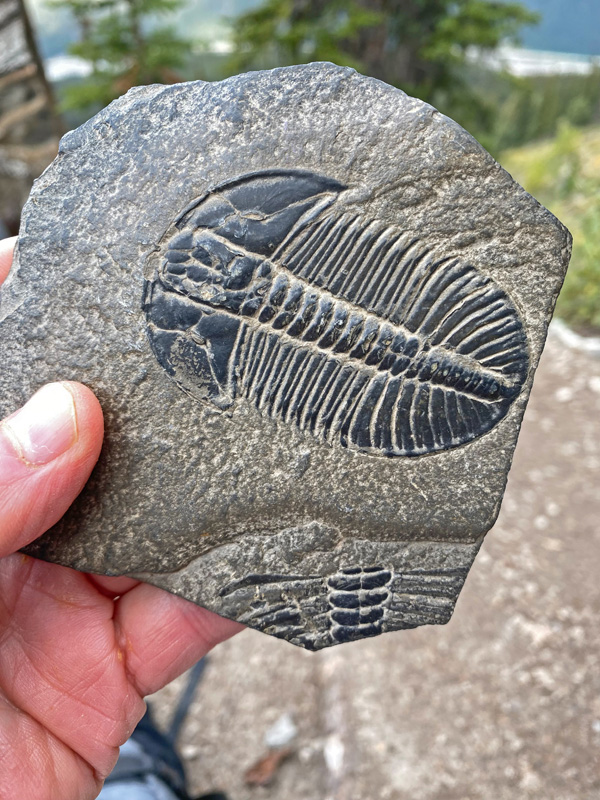 |
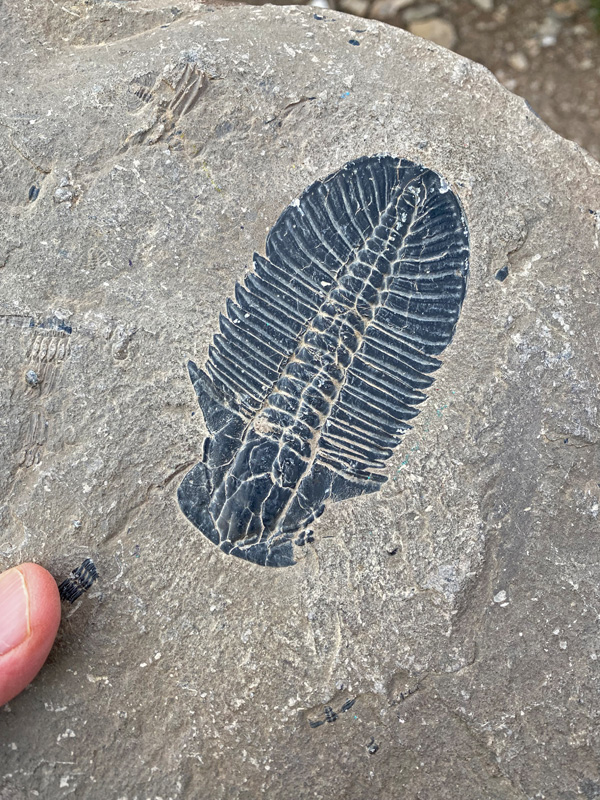 |
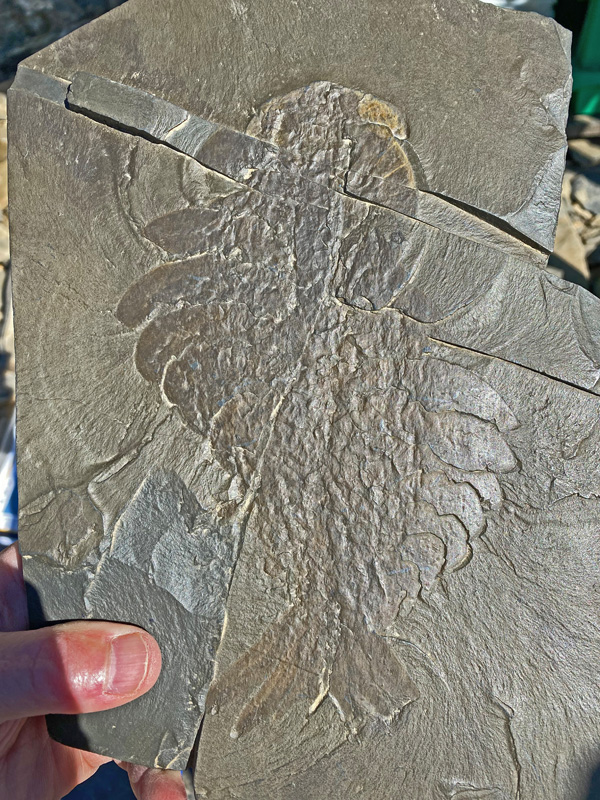 |
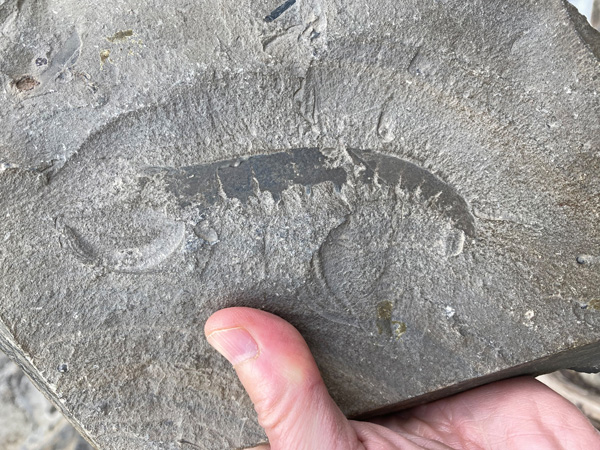 |
|
|
|
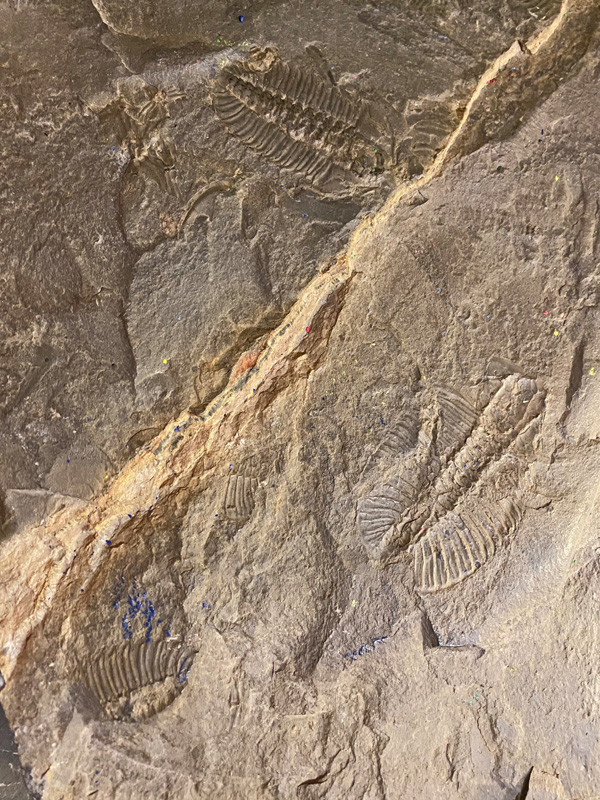 |
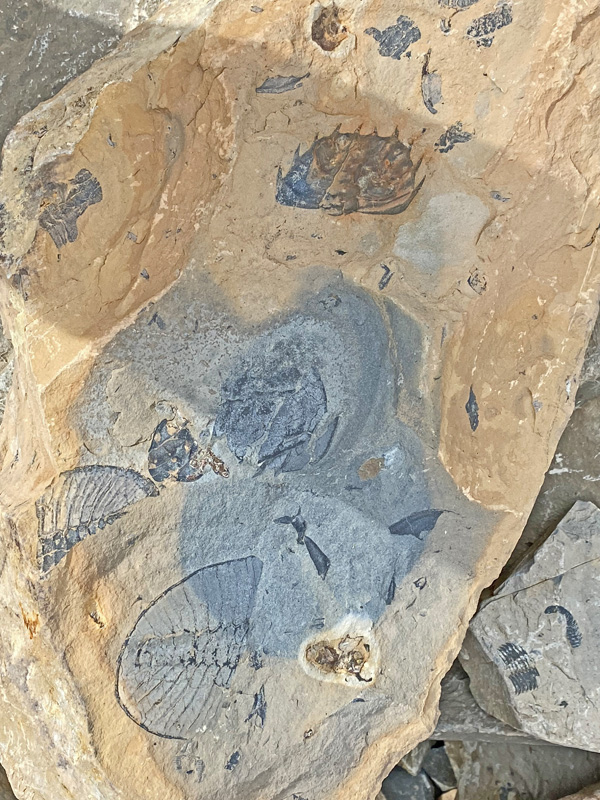 |
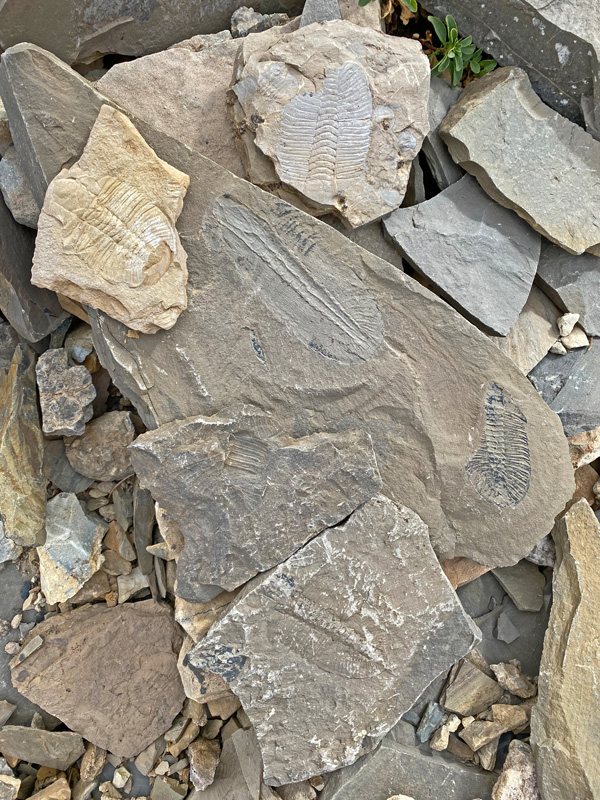 |
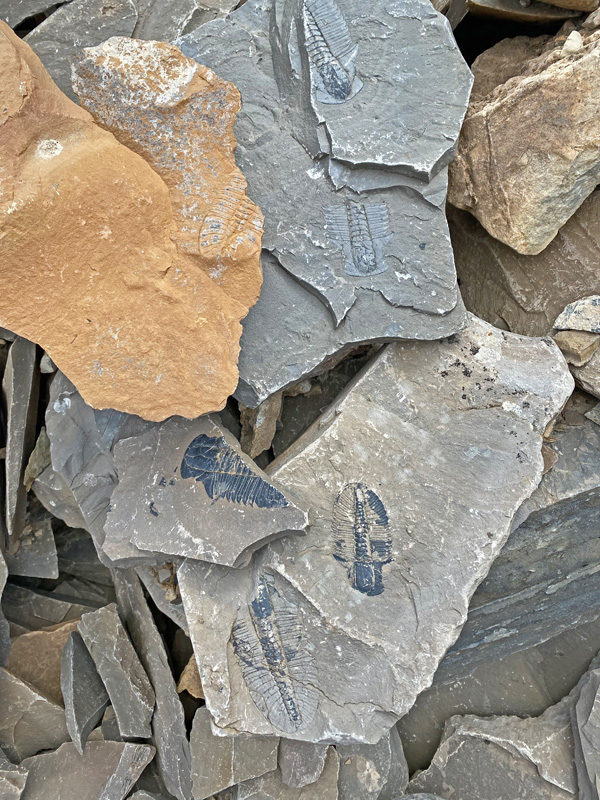 |
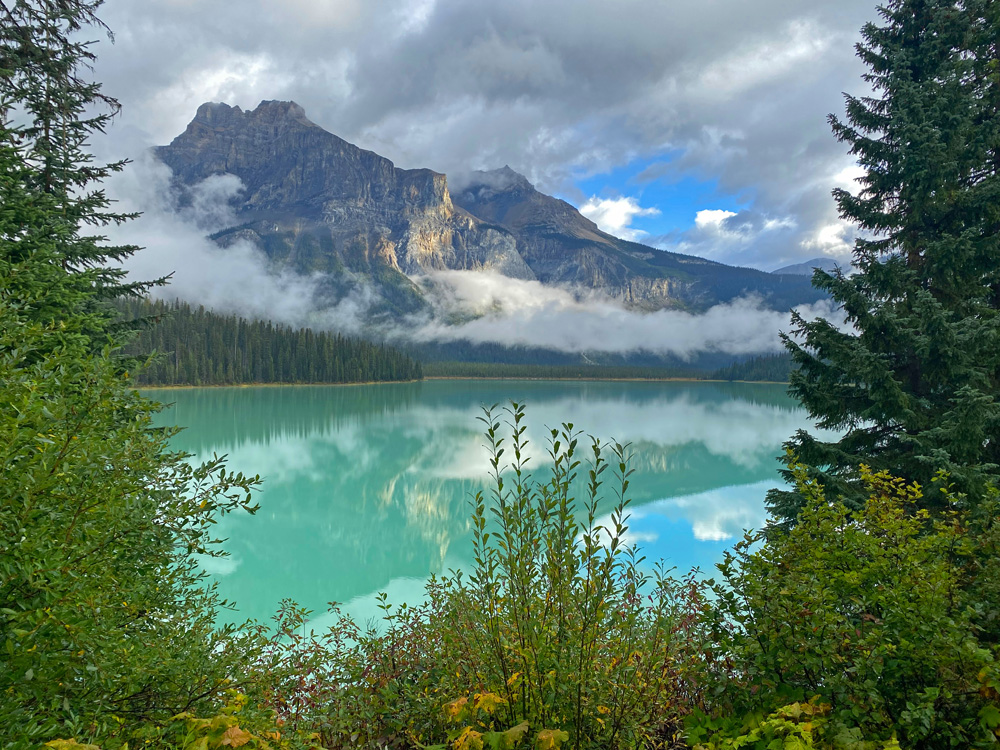 |
|
|
 |
|
|
 |
|
|
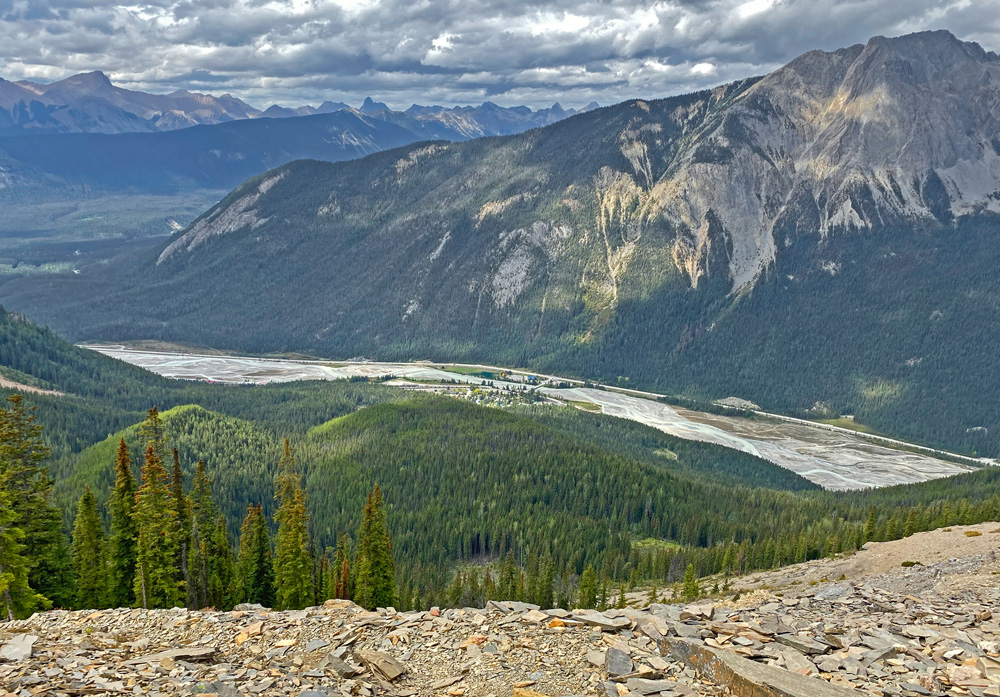 |
|
|
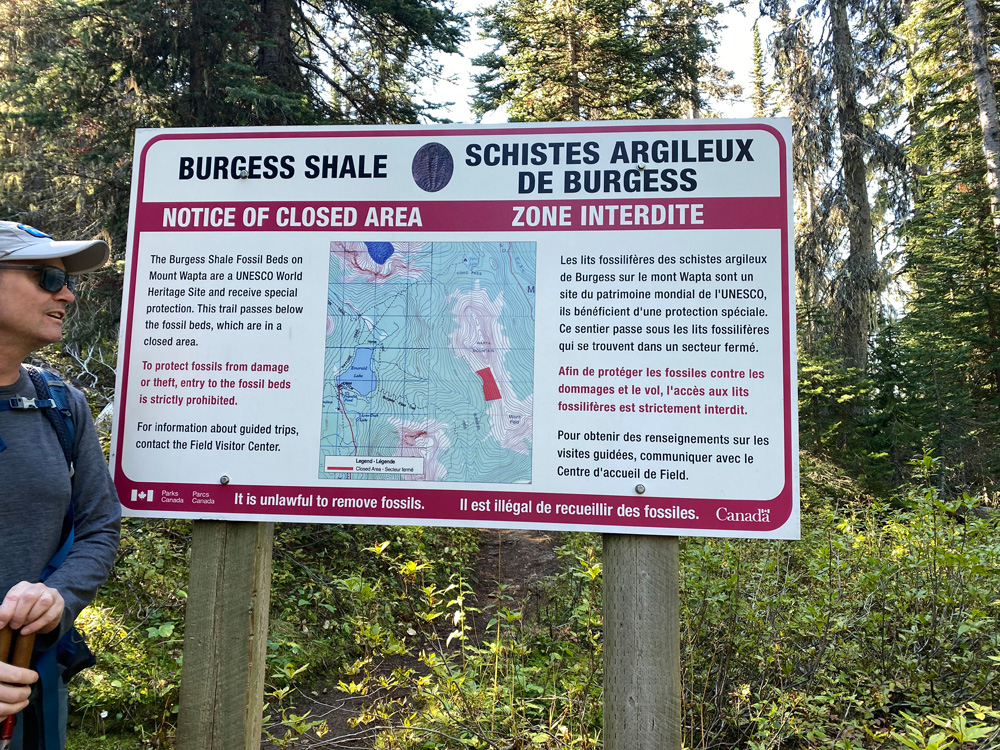 |
|
|
 |
|
|
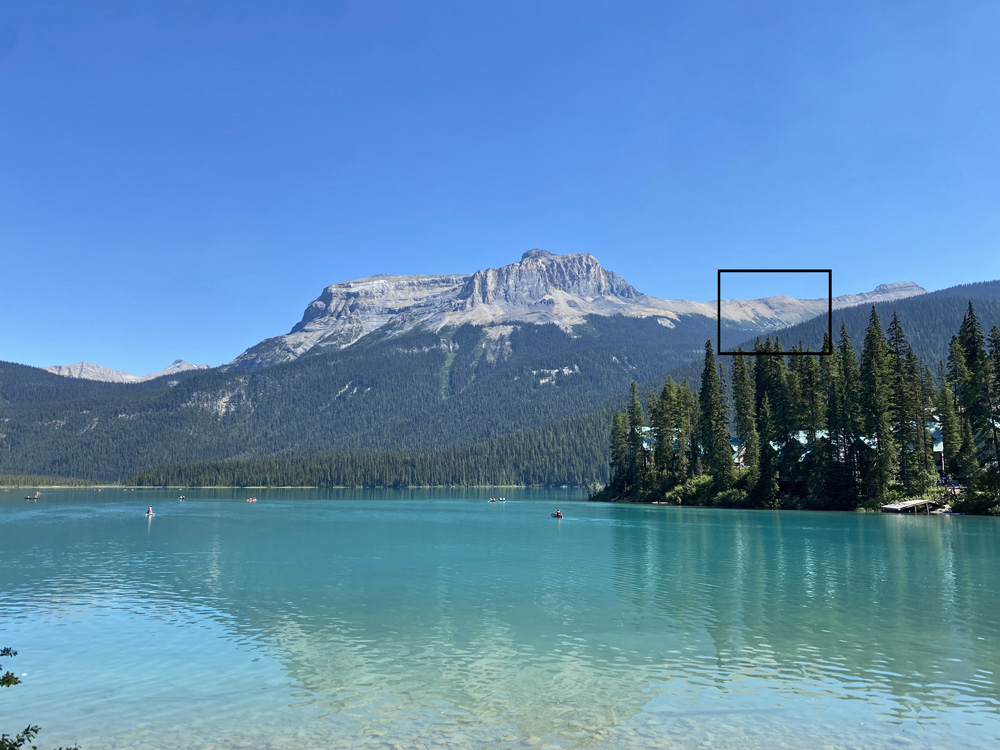 |
|
|
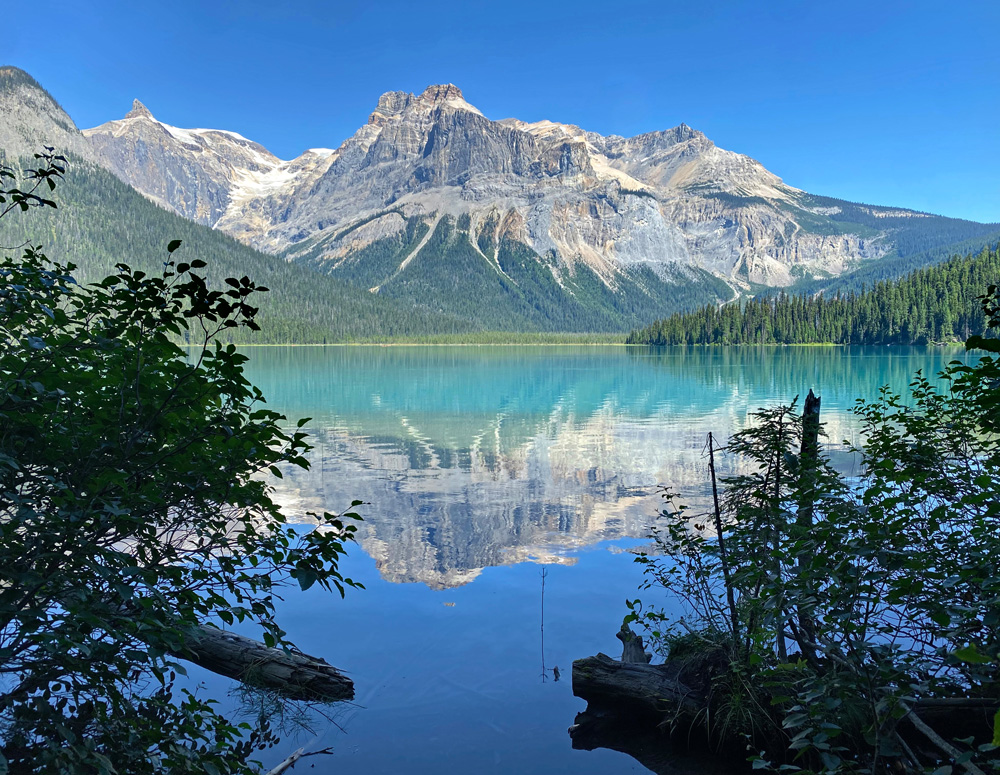 |
|
|
